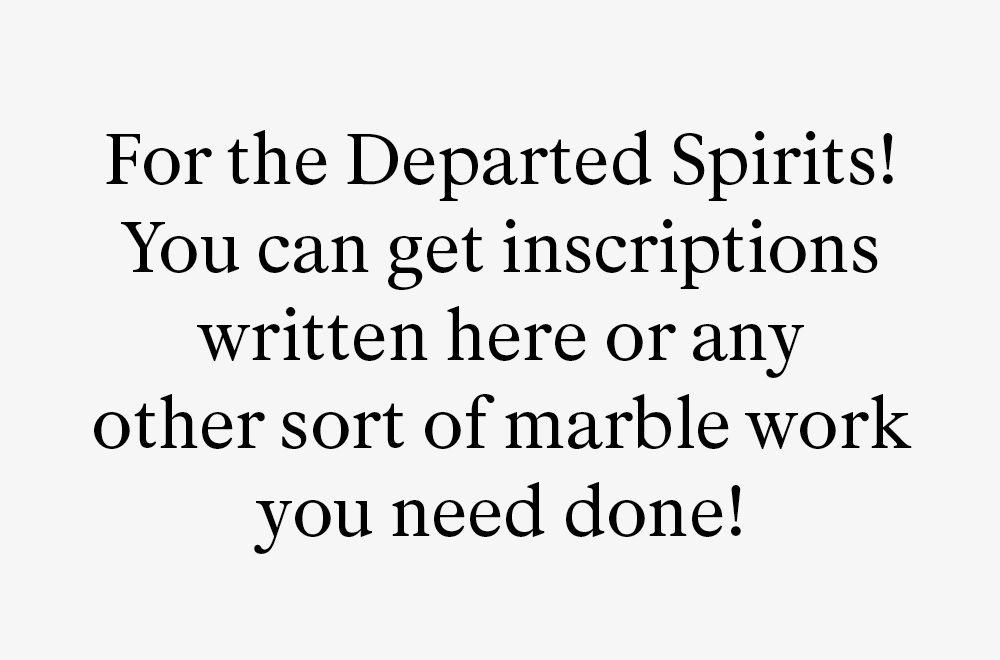Axo, designed by Charles Mazé, is a rounded geometric typeface that draws on various writing models from the United Kingdom, Germany, and France. The ubiquitous letterforms found on school manuals, technical drawings, architectural plans, and engraved plates contributed to the enduring use of sans serif typefaces and the development of ‘rounded’ typefaces that are still commonly used today.
In 1906, British calligrapher and type designer Edward Johnston stripped the roman alphabet to expose its ‘essential forms’. This simple, monolinear letterform was quickly borrowed by educators to teach children how to write a ‘print-script’ or ‘block letters’. ‘Redis’ or ‘plattenfeder’ nibs, produced in 1912 by the German pen manufacturer Heintze & Blanckertz and soon imitated in Germany and abroad, would become reliable tools to easily make strokes of constant weight and the distinctive rounded terminals, which are the natural product of the shape of the nib. These tools sparked the production of many writing manuals for ‘blockschrift’ letters, often using primary forms as a starting point, favouring geometry over typographic refinement and optical corrections: a triangle for the A, a perfectly orthogonal X, and a circular O.
The ‘écriture script’ was introduced in 1945 in the French school curriculum. From 1949, a similar model, labelled ‘norme E04-105’, was recommended for use in public work, architecture and engineering. Also described as ‘écriture technique normalisée’, it fulfilled a need for simplicity and legibility in drawings, diagrams, and plans. It would be turned into stencils, whose widespread use would reinforce a feeling of a stereotyped, engineered appearance. The model’s flexibility allowed for easy shifts of width and weight, foreshadowing the typographic variations that would become commonplace in the second half of the 20th century.
- Designed by Charles Mazé, 2021–24
- Available in 15 styles (3 widths, 5 weights) from £70
- Trial fonts are available on request











